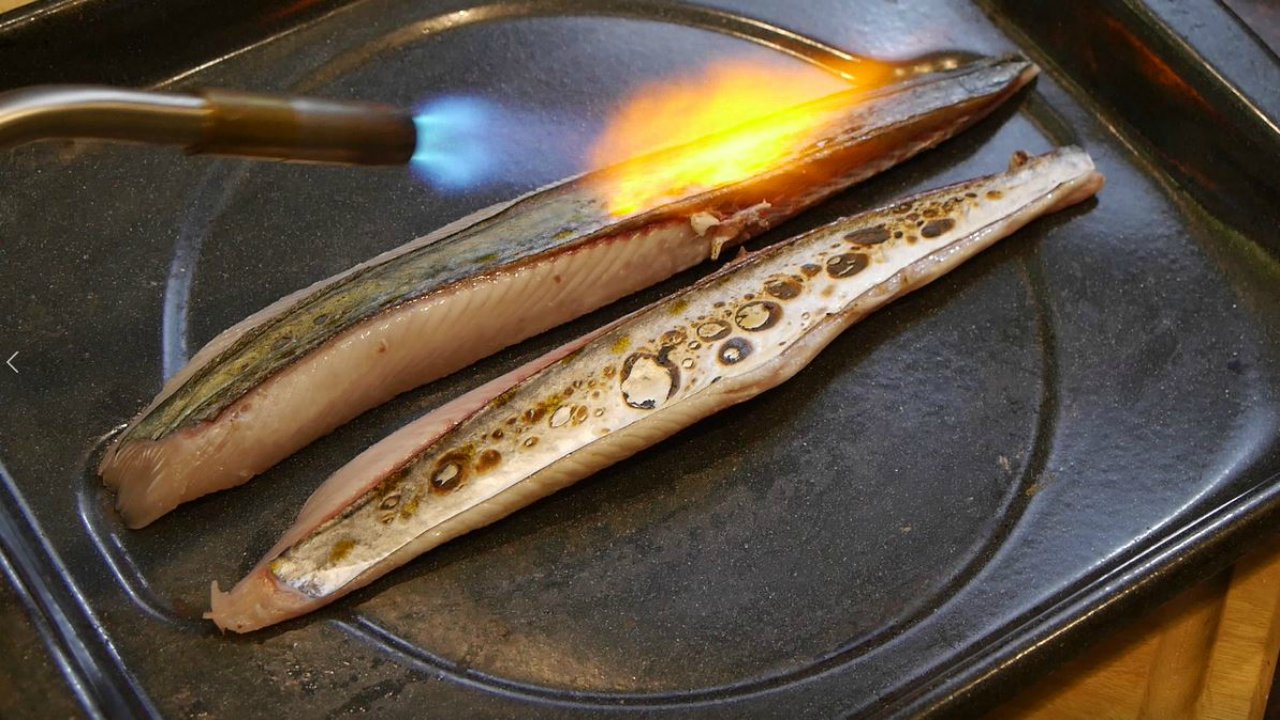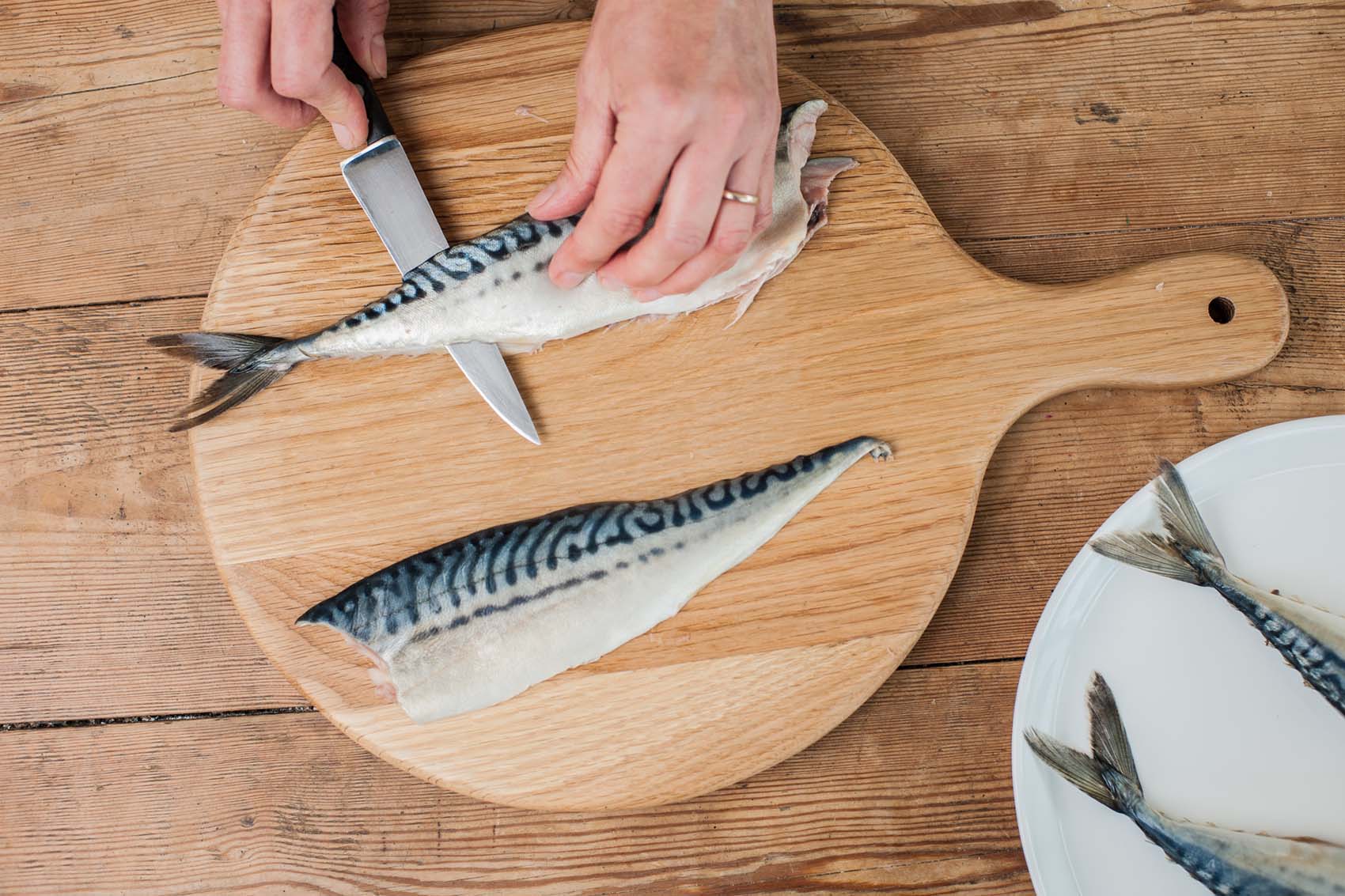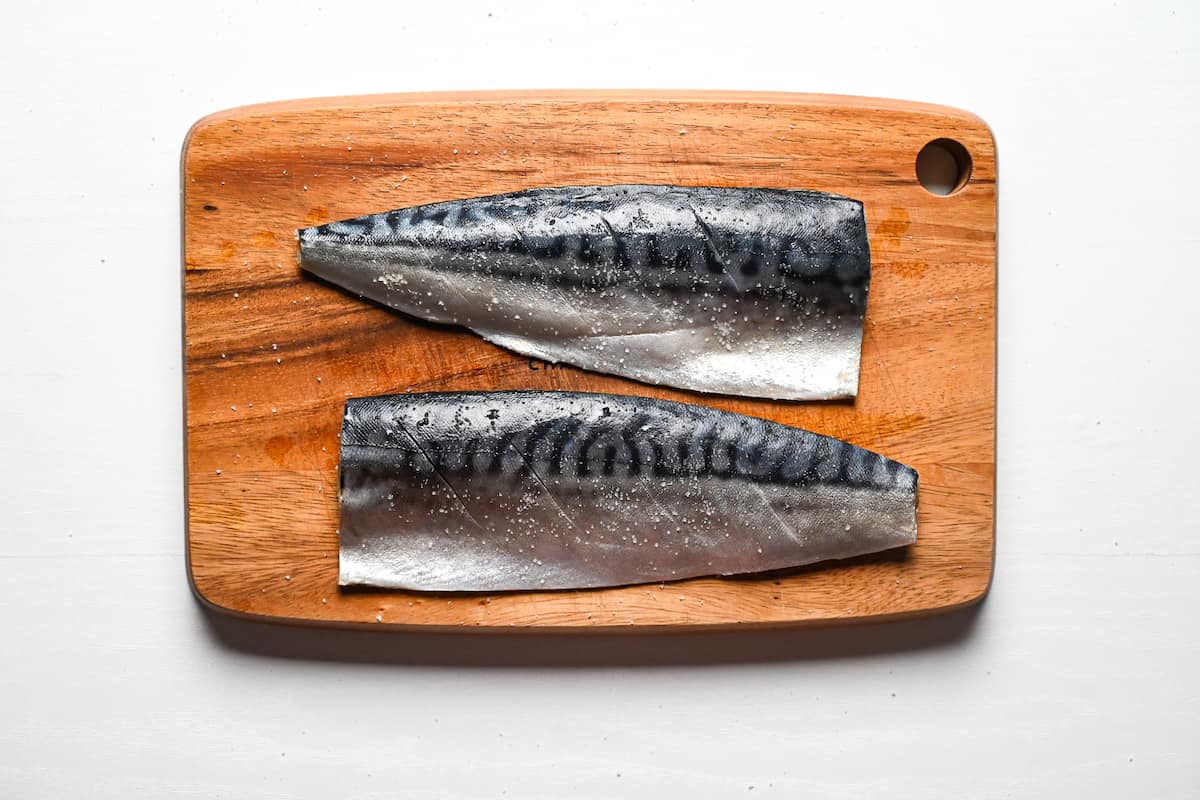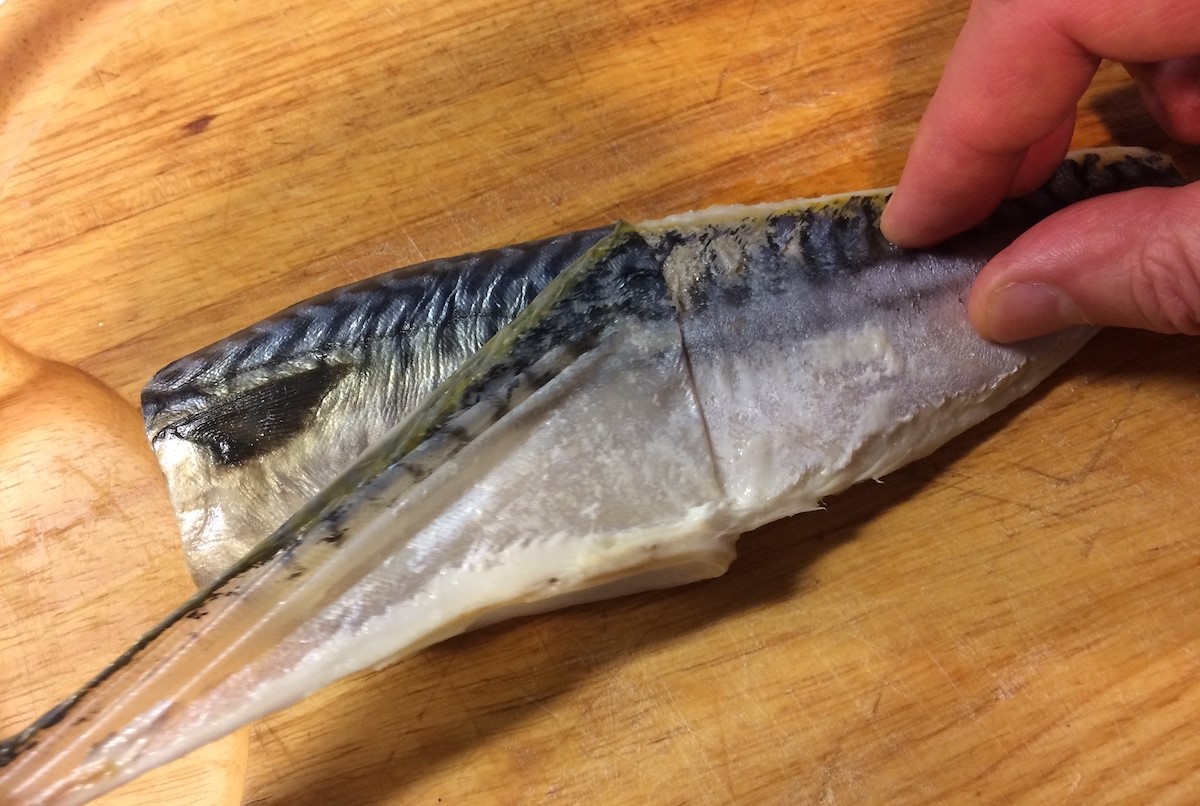Mastering the Art of Spanish Mackerel Filleting
Spanish mackerel is a delicious and versatile fish that can be prepared in a variety of ways. Whether you’ve caught a Spanish mackerel on a fishing trip or picked one up from the market, knowing how to fillet it properly is essential for enjoying its flavorful meat. Follow these simple steps to master the art of Spanish mackerel filleting.
What You’ll Need
Before you begin, gather the following tools:
- Sharp fillet knife
- Cutting board
- Bowl or container for the fillets
- Water for rinsing
- Paper towels
Step 1: Prepare the Fish
Start by rinsing the Spanish mackerel under cold water to remove any debris or scales. Pat the fish dry with paper towels and place it on a clean cutting board.
Step 2: Make the Initial Cut
Using a sharp fillet knife, make a small incision behind the gills and pectoral fin to create an opening. Insert the knife into the opening and make a shallow cut along the top of the fish, just behind the head.
Step 3: Remove the Head
Once the initial cut is made, grasp the head firmly and use the knife to separate it from the body with a smooth, sweeping motion. Discard the head or save it for making fish stock.
Step 4: Fillet the Fish
Lay the fish flat on the cutting board with the belly facing down. Starting from the top, run the fillet knife along the backbone, using long, sweeping motions to separate the fillet from the body. Take care to follow the natural contours of the fish to maximize the yield of meat.
Step 5: Remove the Rib Cage
Once the first fillet is removed, turn the fish over and repeat the filleting process on the other side. After both fillets are removed, use the knife to carefully remove the rib cage and any remaining bones from each fillet.
Step 6: Trim and Skin the Fillets
Inspect the fillets for any remaining bones or dark flesh, and trim them away with the fillet knife. If desired, you can also remove the skin from the fillets by sliding the knife between the flesh and skin, using a back-and-forth motion to separate them.
Step 7: Rinse and Store the Fillets
Once the fillets are trimmed and skinned, rinse them under cold water to remove any stray scales or debris. Pat the fillets dry with paper towels and place them in a clean container for storage. Refrigerate the fillets if you’re not using them immediately.
Enjoy Your Fresh Spanish Mackerel Fillets
Now that you’ve mastered the art of Spanish mackerel filleting, you can enjoy the fresh, flavorful fillets in your favorite recipes. Whether you grill, bake, or pan-sear them, you’ll appreciate the delicious taste of properly filleted Spanish mackerel.
Remember, practice makes perfect, so don’t be discouraged if your first attempts aren’t flawless. With time and experience, you’ll become more adept at filleting Spanish mackerel with ease and precision.
Happy filleting!











